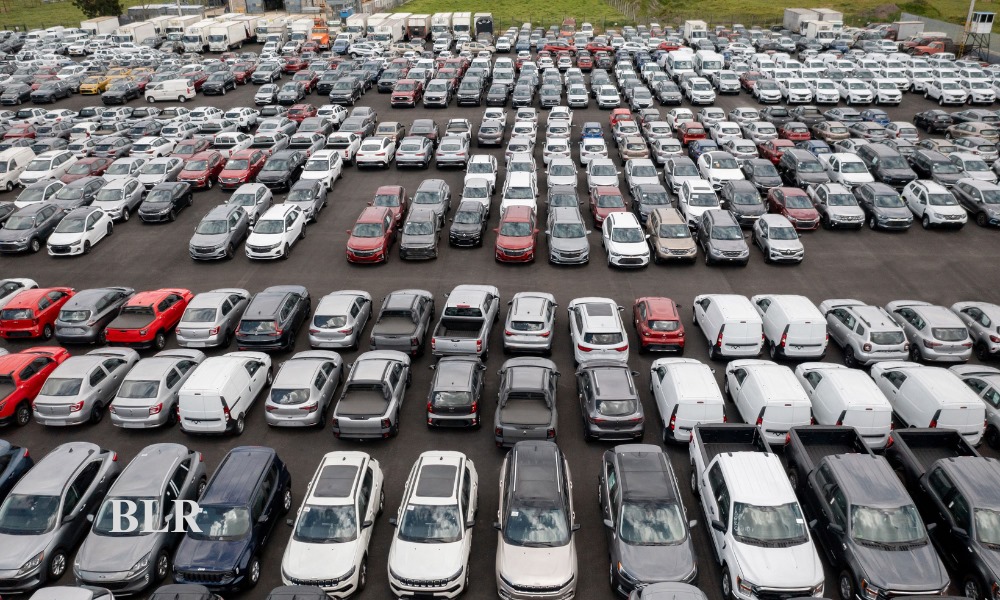Key Highlights
- Chinese EV brands dominate Electric vehicle sales in South America by offering affordable alternatives, while Tesla remains absent.
- EV adoption increases across Peru, Chile, Brazil, and Uruguay, powered by improved logistics and the new Chancay mega-port.
- Strong consumer demand and expanding charging infrastructure fuel momentum in the EV Latin America market.
Electric vehicle sales are rising sharply across South America, driven by affordable Chinese EV brands, strengthening consumer demand, and major logistics improvements, even though Tesla remains largely absent from the region.
Several countries, including Peru, Chile, Brazil, and Uruguay, are witnessing double-digit growth. It marks one of the most significant shifts toward electrification within the global EV Industry.
Chinese Automakers Lead With Affordable EV Options
Chinese EV manufacturers have taken control of the market by offering budget-friendly vehicles that are far more accessible than Tesla’s premium models.
Brands like BYD, Geely, Chery, and Great Wall Motors offer electric vehicles priced up to 60% lower, giving them a decisive competitive edge. Their expanding dealer networks and targeted regional partnerships further strengthen their dominance in Electric vehicle sales in South America.
A key logistical advantage comes from Peru’s new Chancay mega-port. This Chinese-backed project slashes shipping times by half and streamlines distribution routes across the continent.
Faster deliveries and reduced transport costs are enabling EV makers to meet growing demand more efficiently.
Growth Across Key Latin American Markets
Electric vehicle adoption is accelerating across multiple countries.
- Peru recorded a 44% year-over-year increase in EV and hybrid sales, reaching over 7,200 units by September 2025.
- Chile posted an EV market share of 10.6%, followed by Brazil at 9.4%.
- Uruguay remains a regional standout with a remarkable 28% EV adoption rate, placing it among the highest globally.
Despite uneven charging infrastructure, consumers are increasingly choosing EVs because of lower running costs, reduced emissions, and government incentives promoting clean mobility across Latin America.
Tesla’s limited presence in South America is a major factor shaping the current EV landscape. Without official distributors, service centers, or structured regional operations, Tesla faces costly import barriers and regulatory complexities.
This has allowed Chinese automakers to dominate the EV Industry, filling the market gap with affordable and readily available alternatives.
As electric vehicle adoption continues to surge, South America is becoming one of the most promising growth regions for global EV manufacturers.
With Chinese brands moving quickly to establish long-term footholds, the competition is intensifying. Tesla’s absence creates a unique opening that rivals are capitalizing on as Electric vehicle sales in South America push the region toward a fully electrified future.


